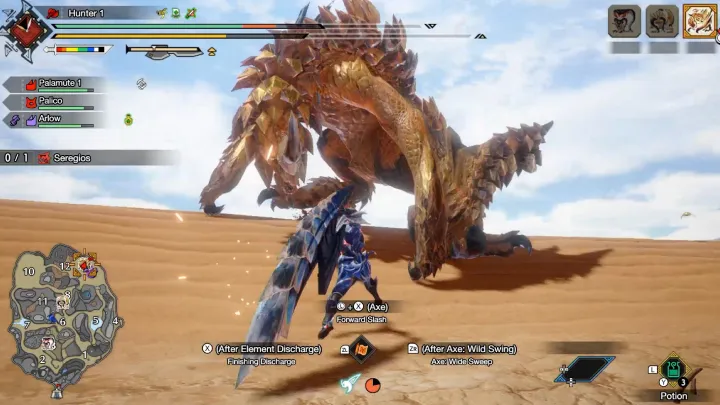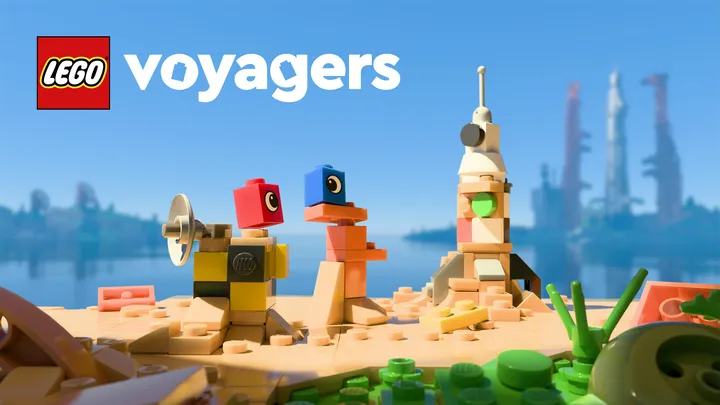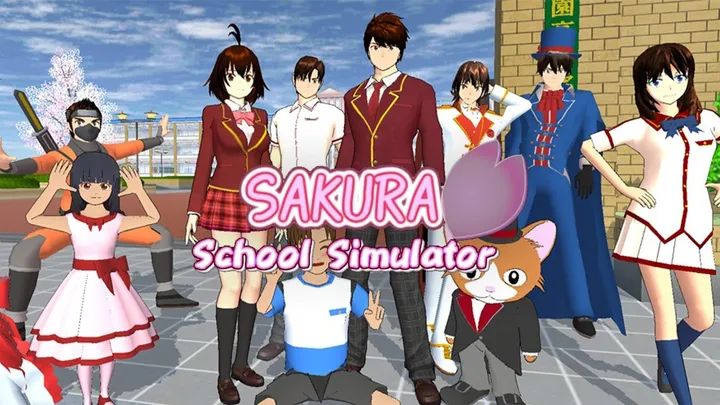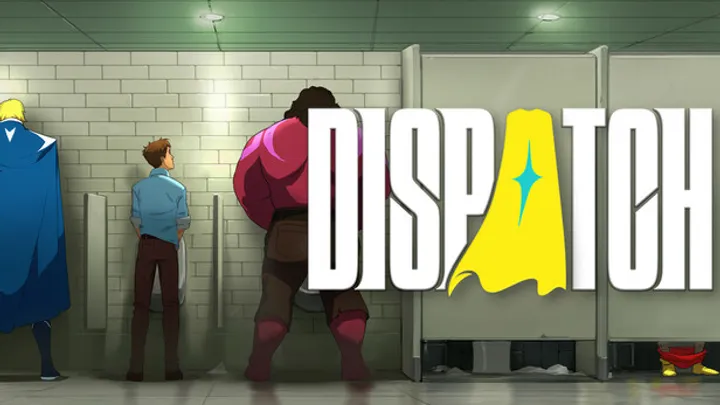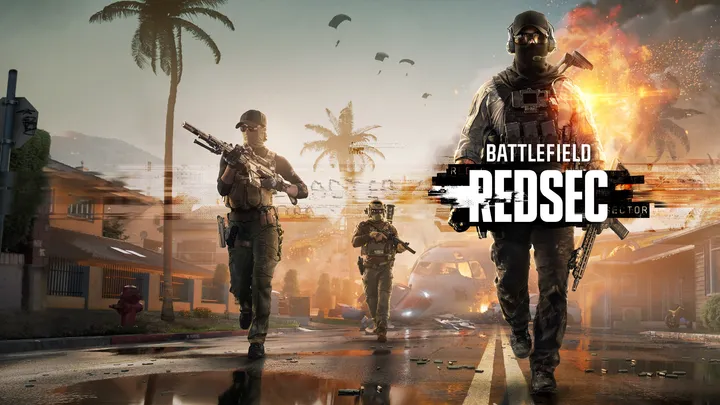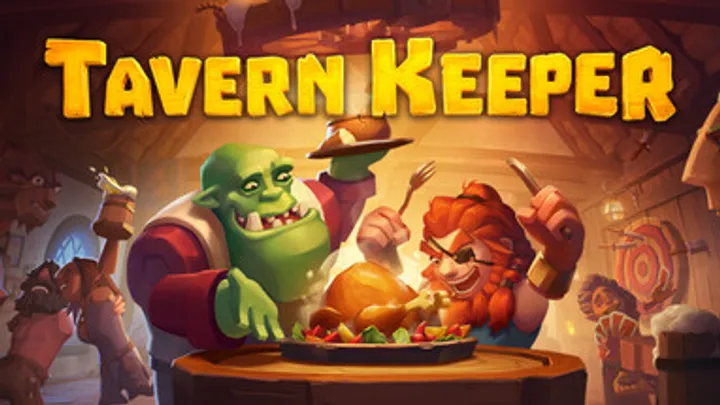
Introduction
Monster Hunter Rise: Sunbreak expands upon its predecessor with a plethora of new monsters, quests, and mechanics, further enhancing the already rich world of monster hunting. However, while players relish the excitement of facing formidable foes and honing their skills, a significant issue persists: the balance between challenge and accessibility. The game is celebrated for its depth and complexity, but this often creates barriers for new players, making it challenging for them to fully engage with its rich content. This article explores the specific tension between difficulty and accessibility in Monster Hunter Rise: Sunbreak, analyzing how this balance impacts player experience and the game's broader community.
The Tradition of Challenge in Monster Hunter
Legacy of Difficulty
The Monster Hunter series has long been synonymous with challenging gameplay, demanding a high level of skill from players. From the outset, players must learn about monster attacks, their weaknesses, and the intricate mechanics of different weapons. This inherent difficulty draws on the franchise's history, where each installment has raised the bar on what it means to master the hunt.
The New Paradigm of Sunbreak
Monster Hunter Rise: Sunbreak introduced new mechanics such as the Switch SkillSwap, which allows hunters to modify their movesets dynamically. These changes further deepen the complexity of gameplay, as understanding each weapon’s intricacies becomes even more critical. While these additions enrich the experience for seasoned hunters, they can also intimidate newcomers, leading to feelings of overwhelm that ultimately detract from enjoyment.
The Identity Crisis
This tension poses a dilemma: how can Monster Hunter maintain its reputation for challenging gameplay without alienating potential newcomers? The series has always thrived on its depth, yet the latest iteration risks making that depth a barrier rather than a gateway for new players.
The Learning Curve: A Barrier for New Players
Intimidating Mechanics
Upon starting Monster Hunter Rise: Sunbreak, players are thrust into a world filled with intricate mechanics that require mastery. New systems like the Wirebug and new gameplay modifications can leave players wondering where to begin. The complexity of forging weapons, crafting items, and understanding which monster to hunt can create a steep learning curve.
Tutorials and Onboarding
Although the game provides tutorials, many players feel that these introductory segments fall short. While they cover the basics, they often do not offer in-depth explanations of weapon mechanics or advanced tactics. Newcomers may struggle to apply what they learn in a tutorial context when faced with the full game’s challenges, leading to frustration.
Common Issues with Tutorials
- Depth of Information: Tutorials often skim over the particulars of weapon mechanics, such as combos, timing, and positioning, leaving players to discover nuances through trial and error.
- Limited Practical Application: Many tutorial missions lack the real-world pacing of an actual hunt, making it difficult for players to translate what they learn to high-pressure situations.
- Inconsistent Pacing: The abrupt transition from tutorials to real hunts can catch players off guard, causing confusion about when and how to implement learned skills.
Bridging the Learning Gap
To improve onboarding, Monster Hunter Rise: Sunbreak could incorporate more interactive tutorials that adapt to different skill levels. For instance, offering guided hunts where new players can receive real-time assistance or tips during battles could create a more seamless learning experience.
Weapon Mastery and Accessibility
The Complexity of Weapon Types
Monster Hunter Rise: Sunbreak features a diverse range of weapons, each with distinct playstyles and mechanics. Players may find themselves drawn to specific weapons due to aesthetics or personal preference, yet each also demands significant time investment to master effectively.
Opportunities for Overwhelm
While veteran players revel in the intricacies of weapon mastery, newcomers may be overwhelmed by the sheer variety. Weapons like the Great Sword require precise timing for charging attacks, while others like the Switch Axe call for an understanding of elemental effects. This complexity can lead newcomers to feel lost, especially when faced with the pressures of a multiplayer environment.
Challenges in Weapon Mastery
- Diverse Playstyles: Each weapon caters to differing styles, requiring players to invest substantial time to master even one, let alone several.
- Skill Threshold: The gap between novice and intermediate players can be significant, leading to frustration during hunts as new players struggle to perform effectively.
- Misaligned Expectations: New players may expect an easier entry point when selecting weapons but find it can take hours of practice to achieve competency.
Supporting Players in Weapon Mastery
In response to these challenges, the game could implement a mentorship system or weapon professionals who offer insights on mastering specific weapons. This approach could help players feel more supported in their journeys, softening the learning curve associated with diverse weapon types.
Monster Behavior and Hunt Dynamics
Understanding Monsters
The thrill of the hunt in Monster Hunter Rise: Sunbreak involves battling a wide array of creatures, each with unique behaviors, attack patterns, and weaknesses. Thorough understanding is crucial for success, as players must adapt their strategies in real-time during encounters.
Realism vs. Playability
As the AI of monsters has improved, the challenge involved in facing them has multiplied. While this added complexity creates engaging gameplay for seasoned players, newcomers may struggle to process information on monster behaviors quickly enough to adapt during fights. They may find themselves frequently overwhelmed, leading to repeated failures that could deter continued play.
Evaluating Monster Complexity
- Attack Patterns: Monsters often have numerous attack patterns that can change mid-fight, illustrating the need for players to continuously adapt.
- Environmental Interactions: Many monsters have unique interactions with the environment, further complicating encounters and hurting accessibility for new players.
- Patterns and Reads: The necessity to ‘read’ a monster and predict attacks requires detailed understanding that may not be accessible to new hunters.
Enhancing Hunt Dynamics for All Players
To address these concerns, Monster Hunter Rise: Sunbreak could introduce a simplified tracking system that highlights key monster behaviors or critical attacks to focus on during the hunt. This system could mentor newer players to better understand monster behavior without overwhelming them with exhaustive detail.
Multiplayer Challenges: The Social Aspect
The Joy and Pressure of Team Play
One of the standout features of Monster Hunter is its cooperative multiplayer element, allowing players to team up for challenging hunts. While this offers many opportunities for camaraderie and shared experiences, it also adds layers of complexity for new players who may feel pressure to perform at the level of veterans.
The Competitive Atmosphere
In a multiplayer environment, the presence of skilled players can create an intimidating atmosphere. Newcomers may feel judged or pressured to perform well, leading to anxiety that can detract from their overall enjoyment. When hunting with more experienced players, new hunters may hesitate to communicate or ask for help out of fear of being perceived as incompetent.
Navigating Multiplayer Dynamics
- Fear of Embarrassment: Players may avoid multiplayer options due to fears of embarrassment and the pressure to keep pace with others.
- Communication Barriers: Effective communication is crucial in multiplayer hunts, yet newer players may struggle to convey strategies or ask for assistance.
- Team Coordination: Without understanding and experience, new players could unwittingly disrupt coordinated team strategies, further complicating their multiplayer engagements.
Cultivating a Welcoming Community
Fostering a supportive community is critical in enhancing the multiplayer experience. The game could implement in-game mentorship programs where veteran players volunteer to support newcomers, as well as create chat options tailored explicitly for those seeking advice. This approach could help new players build confidence and encourage their continued participation.
Game Design Choices: The Balance of Difficulty
Difficulty Levels and Hunt Variability
Monster Hunter Rise: Sunbreak introduces various quest levels and hunt difficulties; however, accessible entry points for new players remain uneven. While the core quests provide engaging gameplay, endgame content can introduce severe difficulty spikes that leave new players scrambling, often upon attempting to engage in the same content as returning players.
Impact on Progression
These design choices can lead to frustration during advancement, as newcomers often face the decision to grind through lower-tier quests or risk failure in higher-tier hunts. This uneven progression can stymie engagement, making newer players hesitant to continue playing.
Evaluating Current Difficulty Structures
- Hurdles in Progression: The leap between low-tier and endgame content can feel abrupt and discouraging for novice hunters.
- Limited Scaling Options: The absence of regular scaling options can make it difficult for groups with mixed skill levels to enjoy the content fully.
- Variable Engagement: New players may decide to abandon the game once the challenge becomes more excessive, risking negative feelings toward the franchise.
Suggestions for Improved Game Design
To address these issues, Monster Hunter Rise: Sunbreak could experiment with more granular difficulty scaling that adjusts based on player performance within quests. Implementing a tiered-ranking system, where players can select hunts that match their skill level, can offer a gradual learning experience that boosts overall engagement.
Community Engagement: Player Feedback Mechanisms
The Role of Community Involvement
Capcom has historically maintained an open dialogue with its player base regarding gameplay improvements and balance. Ensuring that players feel their feedback is valued can lead to continued enjoyment and investment in the game.
Surveying Player Experiences
By actively seeking player feedback, Capcom can identify key pain points while also understanding positive aspects of gameplay from both veteran and new players. Engaging with online communities, hosting surveys, and utilizing forums for feedback promotes a cohesive atmosphere.
Illustrating Community Impact
- Patch Updates: Community feedback can directly lead to responses, where balancing mechanics are introduced within patch updates to address concerns raised by players.
- Content Innovations: Player-suggested designs can bring fresh ideas to the game, enriching the overall experience and allowing a continuous flow of innovative content.
- Building Trust: Consistent response and updates based on feedback establish trust and loyalty within the community, creating an encouraging environment.
Elevating Community Collaboration
Creating partnerships with active players to serve as ambassadors can facilitate a deeper connection between developers and players. Such collaborations can provide Capcom with invaluable insights while empowering the player community to contribute meaningfully to the game’s evolution.
Technical Performance: Optimizing Player Experience
Importance of Performance and Stability
The technical performance of Monster Hunter Rise: Sunbreak plays a critical role in enhancing player enjoyment. Stable frame rates, quick load times, and minimal bugs are essential for creating a seamless gameplay experience.
Technical Issues and Accessibility
Despite impressive graphics, players occasionally experience stuttering during intense battles or long load times when transitioning between areas. These technical hiccups can disrupt immersion, particularly for new players who may already feel daunted by the game’s mechanics.
Examples of Technical Frustrations
- Loading Delays: Prolonged loading times during missions can discourage players waiting for their teammates to load in.
- Microstutters: Frame drops during complex battles hinder accurate timing and lead to frustrating experiences, particularly in games relying on precision.
- Social Connection Bugs: Technical difficulties can inhibit voice chat capabilities or disinterest in multiplayer engagements, further distancing the community.
Optimizing for Better Experience
Addressing technical challenges is paramount to improving the overall experience. Regular performance patches that specifically address these issues, as well as actively listening to community concerns, can go a long way in ensuring that both new and seasoned players enjoy a well-functioning game.
Conclusion
Monster Hunter Rise: Sunbreak epitomizes the rich complexity and heritage of the Monster Hunter series while grappling with the challenge of balancing difficulty and accessibility. The intricate mechanics, expansive content, and immersive world make for an exhilarating experience, yet the barriers presented can hinder the enjoyment of new players.
To create an environment where seasoned veterans and newcomers alike can flourish, Capcom must focus on enhancing onboarding, refining tutorials, and fostering community engagement. By addressing these issues with intentional design principles and an ear for player feedback, Monster Hunter Rise: Sunbreak can continue to thrive as a community-centric game that remains welcoming to all.